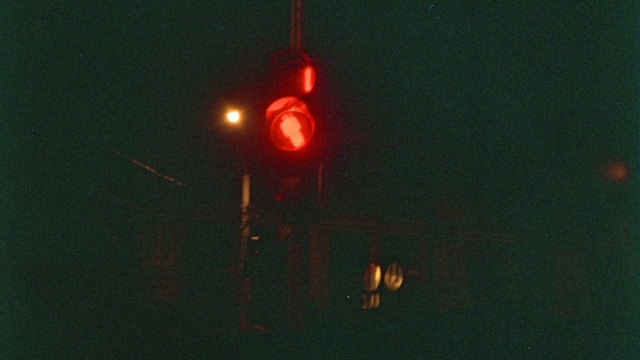Light therapy, also known as phototherapy, is a non-invasive treatment that utilizes specific wavelengths of light to promote healing and well-being. This technique has garnered attention for its various applications, ranging from alleviating mood disorders to enhancing skin health and aiding in muscle recovery. By harnessing the power of light, therapy can stimulate cellular processes, boost circulation, and promote tissue repair. As interest in alternative therapies grows, understanding the effectiveness of light therapy becomes increasingly important for individuals seeking holistic health solutions.
Overview of Light Therapy and Its Applications
The core principle of light therapy lies in its ability to affect biological processes through light exposure. Different light wavelengths, such as blue, green, and red, target various conditions. For instance, blue light is often employed to treat acne, while red light is known for its anti-inflammatory properties and is frequently used in the recovery of injuries. Seasonal Affective Disorder (SAD), a type of depression that occurs at certain times of the year, can also be effectively managed with bright light therapy, which helps regulate mood by influencing circadian rhythms.
Light therapy is not limited to human applications; it has also found a place in veterinary medicine. Equine light therapy is used to treat a variety of conditions in horses, including musculoskeletal injuries and skin issues. The principles of light therapy effectiveness extend to both species, emphasizing the potential benefits of this treatment modality across different contexts.
Scientific Studies Supporting Light Therapy Effectiveness
Numerous scientific studies support the effectiveness of light therapy for various conditions. Research has demonstrated that light exposure can enhance cellular metabolism, reduce inflammation, and promote healing. For example, a study published in a reputable medical journal found that patients undergoing light therapy for joint pain reported significant reductions in discomfort and improvements in mobility. Additionally, research on light therapy’s role in treating SAD has consistently shown that individuals exposed to bright light in the morning experience improvements in mood and overall well-being.
In the realm of equine health, studies have shown that light therapy can aid in the recovery of horses from injuries. For instance, research indicated that horses treated with red light therapy exhibited reduced swelling and accelerated healing in soft tissue injuries. This suggests that the principles of light therapy effectiveness extend beyond humans, providing tangible benefits for animal health as well.
Comparative Effectiveness in Human vs. Equine Applications
While the fundamental mechanisms of light therapy are similar in both humans and horses, there are notable differences in their applications and responses. In humans, light therapy is often used in clinical settings, with specific protocols tailored to address various conditions. The effectiveness of light therapy for mood disorders, skin conditions, and pain management has been well-documented in scientific literature, leading to its incorporation into therapeutic practices.
In contrast, equine light therapy often focuses on physical recovery and rehabilitation. Horses are subjected to rigorous activities and can suffer from unique injuries related to their anatomy and movement. Studies have indicated that light therapy can significantly enhance recovery times and improve overall well-being in horses, making it a valuable complementary treatment in equestrian care. The shared benefits of light therapy across species highlight its versatility and potential as a holistic healing approach.
Conclusion: Benefits and Considerations for Pursuing Light Therapy
Light therapy offers a range of benefits for both humans and animals, with a growing body of evidence supporting its effectiveness in treating various conditions. From improving mood and alleviating pain to promoting healing in injuries, light therapy presents a promising avenue for those seeking alternative therapeutic options. However, it is essential for individuals to consult healthcare professionals before starting any new treatment. Understanding the unique needs and responses of each individual—whether human or equine—can help optimize the outcomes of light therapy interventions.
For those interested in exploring equine light therapy further, there are resources available that delve deeper into its applications and benefits. The promising results observed in both humans and animals underscore the importance of considering light therapy as a viable option for enhancing health and wellness.

